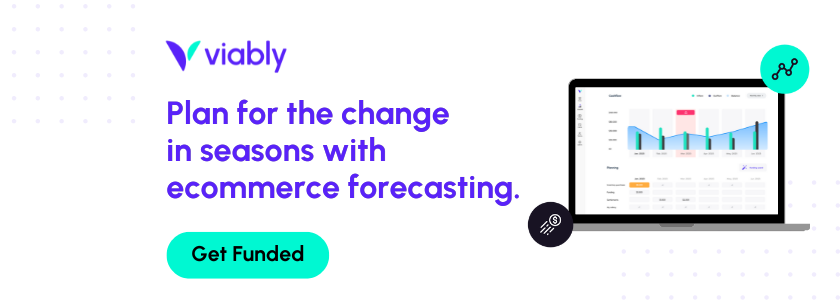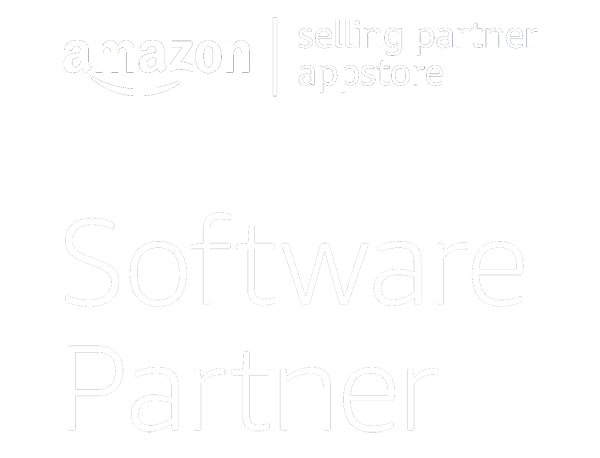
Small business owners need to keep track of their expenses. Not only does this help you stay organized and aware of your spending, but it also makes tax time a lot easier. Classifying your business costs with expense categories can better inform your internal financial control and tax filings. Here are some small business tips to outline and classify your spending beforehand to simplify reporting and maximize your tax deductions.
Guide to Business Expense Categories
The lengthy list of IRS business spending categories may look daunting. The good news is that you don’t need to have every single one of them to stay in compliance and save money during tax season.
Setting up classifications that mirror your internal organization’s structure is crucial. Just be sure you provide sufficient information and support to enable the quick generation of reports that fulfills compliance with the IRS.
But there’s no need to overcomplicate categorizing various charges. Limit the number of general ledger (GL) accounts you have and keep categories broad. The “who, what, where, and why” of each transaction should be recorded in custom fields so that they may be readily sorted or categorized for various reports as required.
Understanding what is deductible and what paperwork is required for compliance when claiming costs on your tax return and submitting small company taxes is crucial before you can maximize your spending categories for business tax deductions. The IRS publication 535, which specifies what is deductible or not, is your reliable source of information on this.
Here are some additional breakdowns for easy takeaways:
- Direct Costs: Things like the cost of goods sold, marketing expenses, and payroll are all important to keep tabs on.
- Indirect Costs: You don’t need to track every penny that goes in and out of your business for tax purposes. But if you can track and forecast expenses and income, it will help you run your business efficiently..
- Operating and Administrative Costs: This includes anything and everything related to the day-to-day operations of your business. Some examples might be rent or mortgage, licenses and permits, office supplies, postage, legal and accounting fees, and employee salaries.
Reducing Your Business Expenses
One of the best ways to reduce your expenses is by tracking specific expense categories. This will help you keep on top of your spending and make sure that you’re not overspending in any particular area.
Another great way to reduce your expenses is to use technology to your advantage. There are several apps and online tools that can assist, so be sure to explore your options. With Viably, you can categorize expenses from multiple sources all in one place (for free).
Finally, don’t be afraid to ask for help. There are plenty of business owners who are glad to offer their advice, so don’t be shy and ask around. With a little bit of effort, you can save yourself a lot of money in the long run.
Get Information on Your Business Cash Flow at a Glance
When it comes to tracking expenses, it’s important to be as specific as possible, so you can accurately keep track of where your money is going. By setting up expense categories, you can make sure that your expenditures are organized and easy to understand. Simplify your cash flow tracking, categorize expenses, and see unique insights for your business with Viably.



